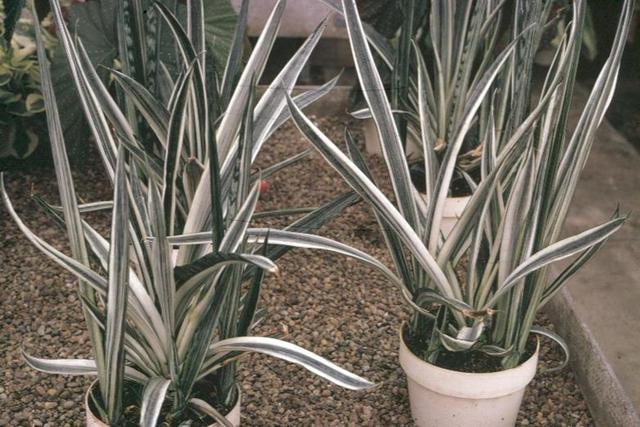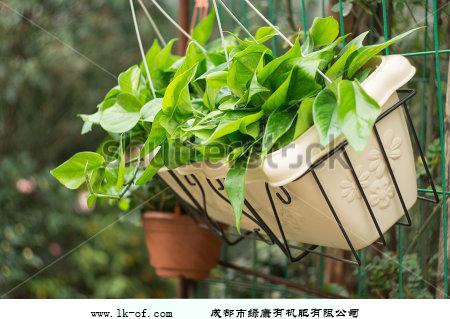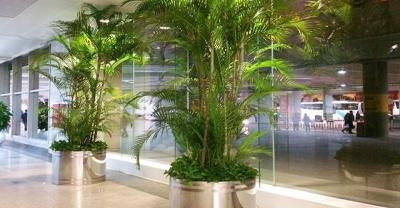Horticultural diary | three common plants that change indoor air quality
How to produce fresh air
A doctor of laboratory research said to himself:
♥ about 17 years ago, I became allergic to the air in Delhi. My doctor told me that my lung capacity had been reduced to 70% of its original level, which would be life-threatening. With the help of the Indian Institute of Technology and the Tata Energy Research Institute of India, using the research results of the National Aeronautics and Space Administration of the United States, with the help of the Indian Institute of Technology and the Tata Energy Research Institute of India, using the research results of the National Aeronautics and Space Administration of the United States, we find that there are three basic green plants, ordinary green plants, which we can use to produce the fresh air we need indoors. To ensure our health. We also found that this can reduce the need for outdoor fresh air in buildings while maintaining indoor air quality standards.
♥ these three kinds of plants are: loose tail sunflower, tiger tail orchid and green pineapple. Sunflower is a plant that absorbs carbon dioxide and converts it into oxygen. We need an average of four shoulder-high plants per person. In terms of plant conservation, we need to wipe the leaves clean, and in Delhi, we need to wipe them every day. Cities with cleaner air may be fine once a week. We have to fertilize them with worm dung, which is sterile, or grow with water and move the plants outdoors to bask in the sun every three to four months. The second plant is the tiger tail orchid, which is also a common plant. We call it the bedroom plant because it converts carbon dioxide into oxygen at night. Each of us needs six to eight waist-high plants. The third kind of plant is green pineapple, which is also a very common plant. It is suitable for cultivation with water. This plant can absorb formaldehyde and other volatile chemicals.

Sunflower with loose tail

Tiger tail orchid

Green pineapple
With these three plants in ♥, you can produce all the fresh air you need. In fact, you can even live in a bottle and put the cap on it, and you won't die. And you don't need any fresh air outside. We tested these plants in an office building in Delhi, a 50, 000-square-foot, 20-year-old building. There are 300 occupants in the building and nearly 1200 such plants are placed. Our study found that if a person stayed in the building for 10 hours, there was a 42% chance that his blood oxygen level would increase by 1%. If a person stays in the building for 10 hours, there is a 42% chance that his blood oxygen level will increase by one percentage point. If a person stays in the building for 10 hours, there is a 42% chance that his blood oxygen level will increase by one percentage point. The Indian government has discovered and released a study showing that this is the healthiest building in New Delhi, and the study shows that residents in the building have 52% less eye allergies than other buildings. The number of eye allergies among residents in the building has decreased by 52%. Respiratory problems decreased by 34%, headaches by 24%, lung dysfunction by 12%, and asthma by 9%. The study was published on September 8, 2008 and can be downloaded from the Indian government's website.
Based on our experience, ♥ has achieved an astonishing 20% increase in productivity using these plants. With these plants, work efficiency has increased by an astonishing 20%. Energy demand for buildings has also plummeted by 15% because there is no need to inject so much fresh air from outside. We are now copying this model to a 1.75 million square foot building where 60,000 indoor plants will be placed.
♥, why is this research worth paying attention to? It is also of great significance to the natural environment, as the world's energy demand is expected to grow by 30% over the next decade. At present, 40% of the world's energy is consumed by buildings. At present, 40% of the world's energy is consumed by buildings. In the next 15 years, 60% of the world's population will live in large cities with a population of more than 1 million. In the next 15 years, 60% of the world's population will live in large cities with a population of more than 1 million. In the next 15 years, 60% of the world's population will live in large cities with a population of more than 1 million. And more and more people like to live and work in air-conditioned rooms. If you want to change the world, change it first. That's what Mahatma Gandhi said.
- Prev

People who haven't raised these plants are not enough to talk about gardening!
When I went to the flower and plant market in the past, I heard such a saying: "people who have never raised Qin leaf banyan are not enough to talk about gardening." At that time, I was wondering if I should make such a compliment.
- Next

What if the bear boy's leaves are soft? The old gardener will give you some advice.
Bear Boy leaves soft how to do, the old flower friend said; such a situation on three points, one is the lack of water, and the other is the root system is not good, which will lead to bear boy.
Related
- Wuhan Hospital Iron Tree Blooming Result Was Instantly Frightened by the Gardener Master
- Which variety of camellia is the most fragrant and best? Which one do you like best?
- What is the small blue coat, the breeding methods and matters needing attention of the succulent plant
- Dormancy time and maintenance management of succulent plants during dormancy
- Minas succulent how to raise, Minas succulent plant pictures
- What are the varieties of winter succulent plants
- How to raise succulent plants in twelve rolls? let's take a look at some experience of breeding twelve rolls.
- Attention should be paid to water control for succulent plants during dormant period (winter and summer)
- Watering experience of twelve rolls of succulent plants
- Techniques for fertilizing succulent plants. An article will let you know how to fertilize succulent plants.

